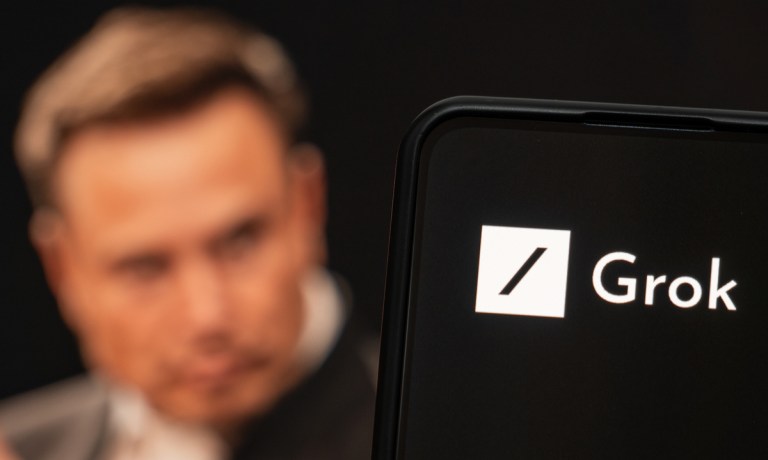Elon Musk’s xAI to Launch Grok-1.5 in Coming Days

Elon Musk’s artificial intelligence company, xAI, plans to launch its latest AI model, Grok-1.5, on X, formerly known as Twitter, next week.
Musk announced the timeframe for the launch in a Friday (March 29) post on X.
Should be available on ? next week.
Grok 2 should exceed current AI on all metrics. In training now. https://t.co/s7rVxvK8mZ
— Elon Musk (@elonmusk) March 29, 2024
Grok-1.5 will be available to early testers and existing Grok users on the X platform, xAI said in a Thursday (March 28) blog post.
The latest model features improved reasoning and problem-solving capabilities, according to the post.
“One of the most notable improvements in Grok-1.5 is its performance in coding and math-related tasks,” the post said. “In our tests, Grok-1.5 achieved a 50.6% score on the MATH benchmark and a 90% score on the GSM8K benchmark, two math benchmarks covering a wide range of grade school to high school competition problems. Additionally, it scored 74.1% on the HumanEval benchmark, which evaluates code generation and problem-solving abilities.”
Grok-1.5 can also use information from substantially longer documents, can handle longer and more complex prompts, and can do so while maintaining its instruction-following capability, per the post.
The first version of the AI chatbot was rolled out in November, with xAI saying that it answers questions with a bit of wit and that it has real-time knowledge of the world via X.
On March 18, xAI open-sourced Grok in a move that some said could democratize AI technology and foster innovation in commercial applications. The move also came amid Musk’s ongoing criticism and legal action against OpenAI for not being transparent with its AI models.
XAI itself was launched in July in part to build an alternative to OpenAI’s AI-powered chatbot, ChatGPT. Musk was involved in the creation of OpenAI but left its board in 2018 and has been increasingly critical of that company and cautious about developments around AI in general.
In January, it was reported that xAI was in talks with investors worldwide, aiming to raise $6 billion in funding to compete with OpenAI. The need for substantial funding for the company arises from the costs associated with developing generative AI models capable of producing human-like text, images and code within seconds.
For all PYMNTS AI coverage, subscribe to the daily AI Newsletter.